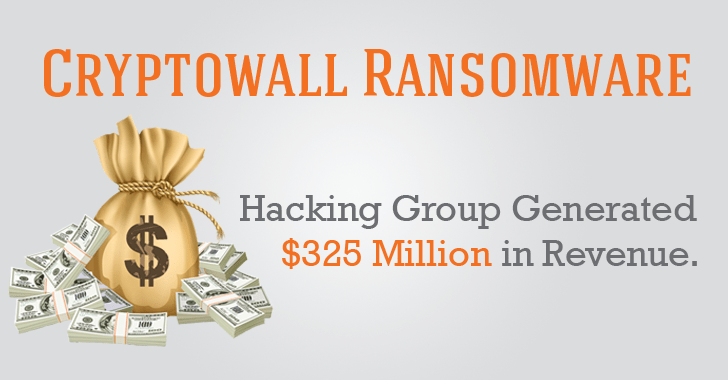A cyber-security industry group has published new research on the CryptoWall ransomware campaign, finding that the attacks have generated more than $300m in ransom income and stem from a single source or entity.
The report was published earlier this week by the Cyber Threat Alliance, founded by Intel Security, Symantec, Palo Alto Networks and Fortinet. Major takeaways from the organization’s research include evidence of as much as $325m worth of ransomware victim payments and more than 400,000 attempts to infect computers with the third variant of CryptoWall (CW3), many of which appear to have focused on targets in North America.

Backing the idea that the ransomware is sourced to a single entity is evidence found in both the code as well as the web of bitcoin payments trackable on the public blockchain. The report notes that Armenia, Belarus, Iran, Kazakhstan, Russia, Serbia and Ukraine are blacklisted, meaning the malware won’t operate in those regions and suggesting possible points of origin.
The report’s authors add that an analysis of bitcoin transactions tied to known ransom campaigns points to the common use of bitcoin wallets across those campaigns, stating:
“As a result of examining this financial network, it was discovered that a number of primary wallets were shared between campaigns, further supporting the notion that all of the campaigns, regardless of the campaign ID, are being operated by the same entity.”
The bitcoins accrued – known ransom demands range from the hundreds to thousands of dollars, according to the report – are then washed through multiple addresses and known bitcoin services, though none are named directly in the report. Some of the funds are essentially reinvested in new exploit kits or rent payments for botnets.
Revenue-wise, the report’s authors note that, for its backers, CryptoWall “is extremely successful and continues to provide significant income”.
“One variant alone involved with the ‘crypt100’ campaign identifier resulted in over 15,000 victims across the globe,” the report states. “These 15,000 victims alone would account for, at minimum, roughly $5m in profit for the CW3 group.”
Source: coindesk.com

He is a well-known expert in mobile security and malware analysis. He studied Computer Science at NYU and started working as a cyber security analyst in 2003. He is actively working as an anti-malware expert. He also worked for security companies like Kaspersky Lab. His everyday job includes researching about new malware and cyber security incidents. Also he has deep level of knowledge in mobile security and mobile vulnerabilities.











